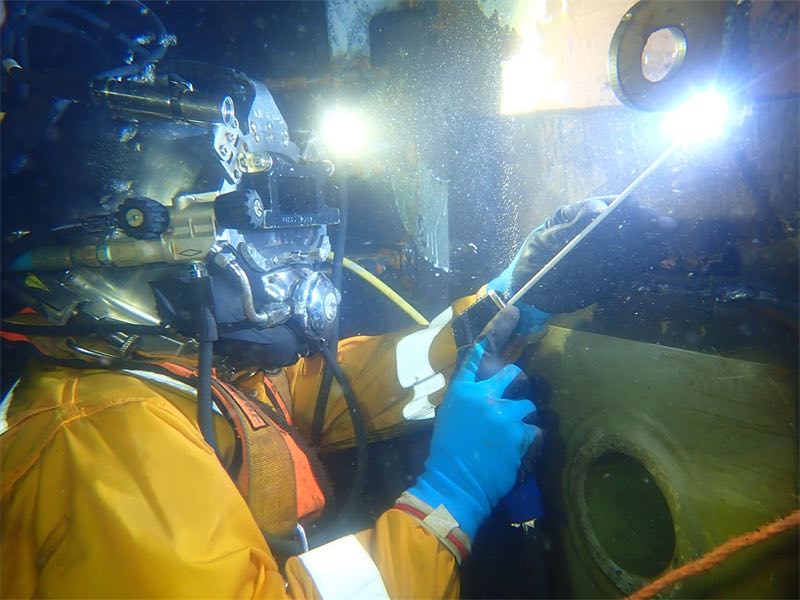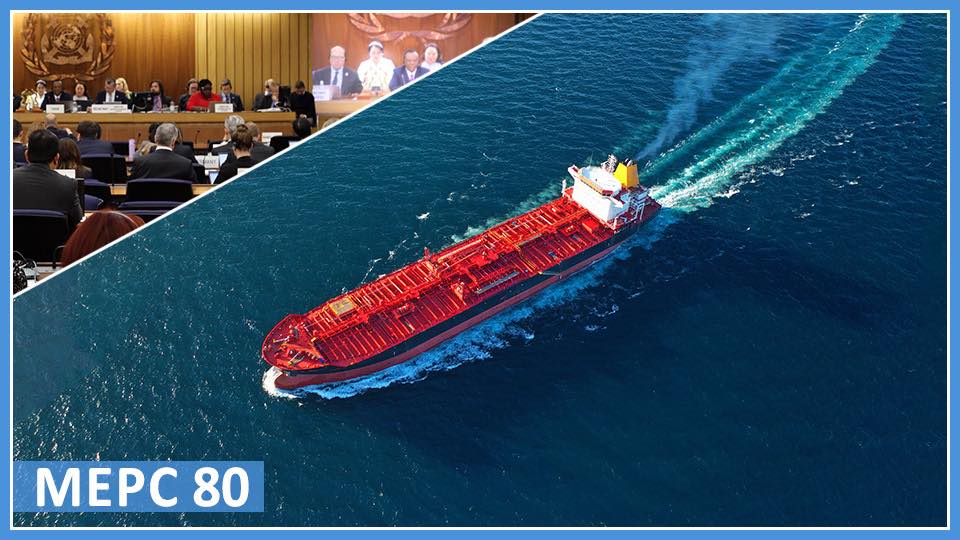28 November 2024
A solution to prevent scrubber discharge pipe corrosion

The technology group Wärtsilä and Danish ship operator A.P. Moller – Maersk have provided a means for preventing corrosion in scrubber discharge pipes. The permanent in-pipe solution design will solve corrosion problems associated with open-loop scrubber washwater discharge.
Concept
The majority of the estimated 5,000 scrubber systems installed across the global fleet are of open-loop configuration. With this system, seawater scrubs SOx from the exhaust gas, with the used water then being discharged back to the sea after cleaning.
Under IMO Guidelines, the washwater from exhaust gas cleaning systems, commonly referred to as scrubbers, should have a pH of no less than 6.5. However, in reality, the pH of scrubber washwater is typically acidic. This is prior to its dilution by seawater. This creates the risk of structural pipe corrosion of the discharge line.
The risk is particularly high for pipes, made of mild steel. In some cases, if the discharge pipes have inadequate protection, severe corrosion can damage the surrounding mild steel hull plates, resulting in water ingress.
Solution
The new ‘pipe-in-pipe’ solution allows for the original overboard pipe to remain in situ while a new glass-reinforced epoxy (GRE) pipe inserts into it. No metal cutting or welding is necessary. A SMO steel sleeve is inserted between the new GRE pipe and the existing steel pipe. An adhesive permanently secures the GRE pipe in place. Since this ‘pipe-in-pipe’ solution has a small impact on the internal diameter of the pipe, it best suits overboard pipes with a diameter greater than 300 mm.
“This is a long-term solution that can be planned for at any time, even if corrosion has not yet occurred. The component pipes can be prepared and stored either on board or at an engineering facility ready for fitting either during a scheduled drydocking or port-call or, if necessary, whilst afloat and in operation using a cofferdam at a convenient time and location… This in-operation repair offers substantial overall savings to the ship owner and allows the vessel to stay in service”
William Winters, Managing Director of Wärtsilä Underwater Services
“We have noted corrosion incidents occurring on some scrubber equipped vessels and wanted to be proactive in solving the problem… Additionally, taking a vessel out of service is extremely costly. One of the key driving forces for development of this pipe-in-pipe concept with Wärtsilä Underwater Services is to minimise these disruptions and costs. We are happy to offer this unique cost-efficient service to any vessel with any make of scrubber”.
Jorn Kahle, Senior Lead Specialist, Maersk
Therefore, Wärtsilä Underwater Services will carry out installations of this unique, patented solution, and licensed know-how. In most cases, the repair will complete in less than two days, which can avoid the ship having to go ‘off hire’. Considerable time and cost savings compared to alternative repair solutions have already been demonstrated.
The Wärtsilä/Maersk solution intends to cover long-term protection. It reduces complications associated with welding work required on pipes and sometimes hull plates, particularly in underwater repair situations.
Source: Wärtsilä
See Also
The Global Marine Scrubber Market Size will reach USD 16,382 Million by 2030; growing at a CAGR of 18.8% from 2022 to 2030.

A potential loophole in the EU ETS
A new CII revision in order to set up a functioning framework is a matter of urgency for the shipping industry following the first year of recorded data.


